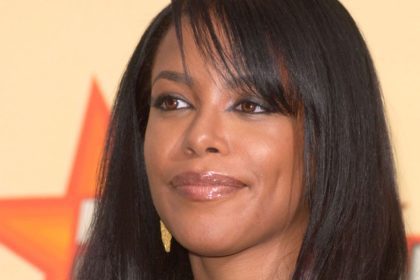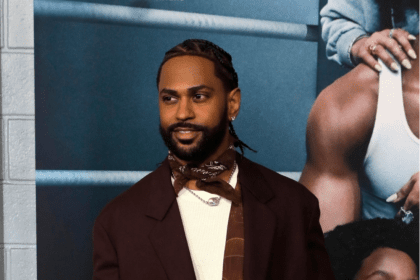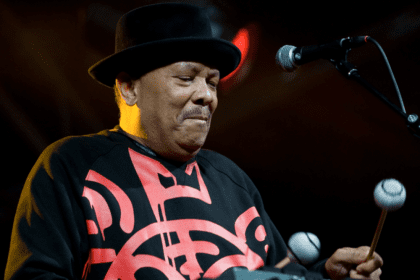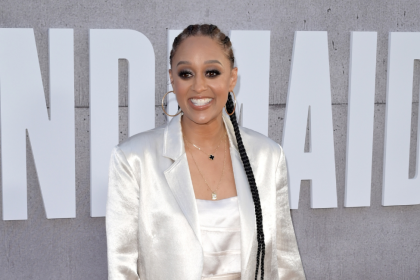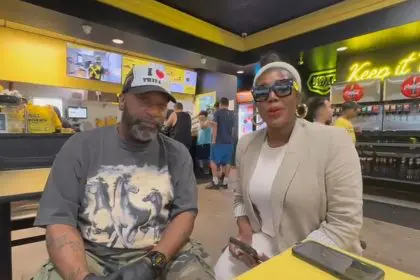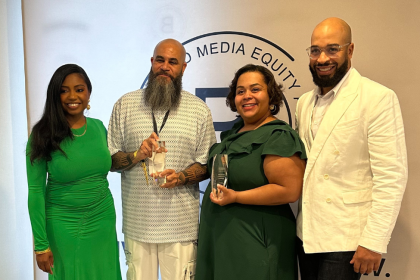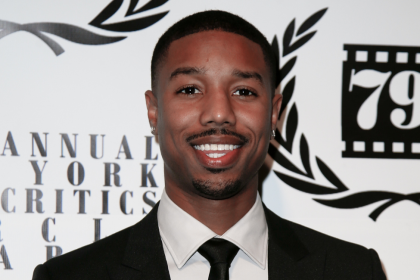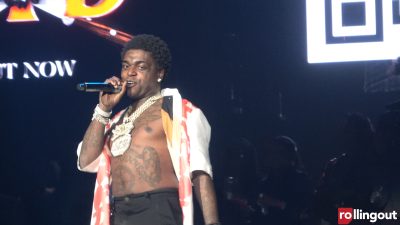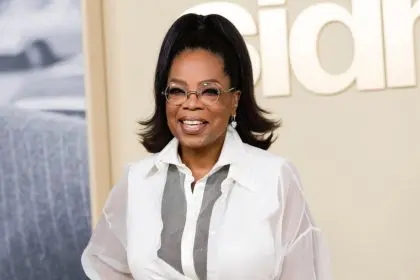
Hip-hop fans tuned in to the highly-anticipated docu-series The Tanning of America this week. Produced by Steve Stoute and featuring commentary from luminaries ranging from famed emcee Nas to civil rights activist Rev. Al Sharpton, the project took a look at how hip-hop’s emergence into a major cultural force shaped a generation and American culture over the past 40 years. But the documentary, an ambitious and engrossing look at hip-hop as both art and commodity, virtually ignores the contributions and histories of hip-hop locales outside of the mecca of New York City. Even the participants themselves, save for hitmaking superproducer Dr. Dre, tended to be mostly from the Big Apple.
That’s unfortunate, because the West Coast and Dirty South hip-hop movements were sparked by businessmen who were just as savvy and successful as their New York counterparts. And those businessmen were forced to carve out their own niche in an industry that had been tremendously biased against non-New York rap music from the very beginning. Today, we can look back and see clearly how labelheads and producers based in Los Angeles, Atlanta, New Orleans and Houston changed the game.
Eazy E’s Ruthless Records and Suge Knight’s Death Row Records brought west coast “gangsta rap” to the mainstream, and also provided templates for how many hip-hop labels presented themselves heading into the 1990s. Def Jam’s roster was implied to be family, but with Ruthless and Death Row–the idea of a record label as a crew began to fully take shape. From their matching hats to their matching chains, these California-based powerhouses laid the groundwork that everyone from Ruff Ryder to Maybach Music Group have followed in the two-and-a-half decades since their emergence.
And no region of American hip-hop embraced and maximized the potential of the hip-hop industry’s capitalistic ambitions quite like the South. From J. Prince’s Rap-A-Lot Records to Master P’s No Limit to, of course, Bryan “Birdman” Williams and his Cash Money Records empire; upstarts from below the Mason-Dixon line bum-rushed the show in the 1990s. These men launched independent labels that were initially ignored by mainstream media and the industry at-large, only to become major players by understanding their audience and committing to giving the people exactly what they wanted.
New York City hasn’t consistently produced commercially popular hip-hop in quite some time, but its position as the centerpiece of hip-hop shouldn’t be dismissed and can’t be denied. But, at this point in the genre’s history–when there are so many artists and executives who have reaped the benefits of Dirty South dominance and with West Coast hip-hop on the rise again with the success of the L.A.-based Top Dawg Entertainment label–perhaps it’s past time to stop treating every other region like a historical footnote to NYC. Because those stories from around the country have done just as much to shape hip-hop today as its origins in the five boroughs.


